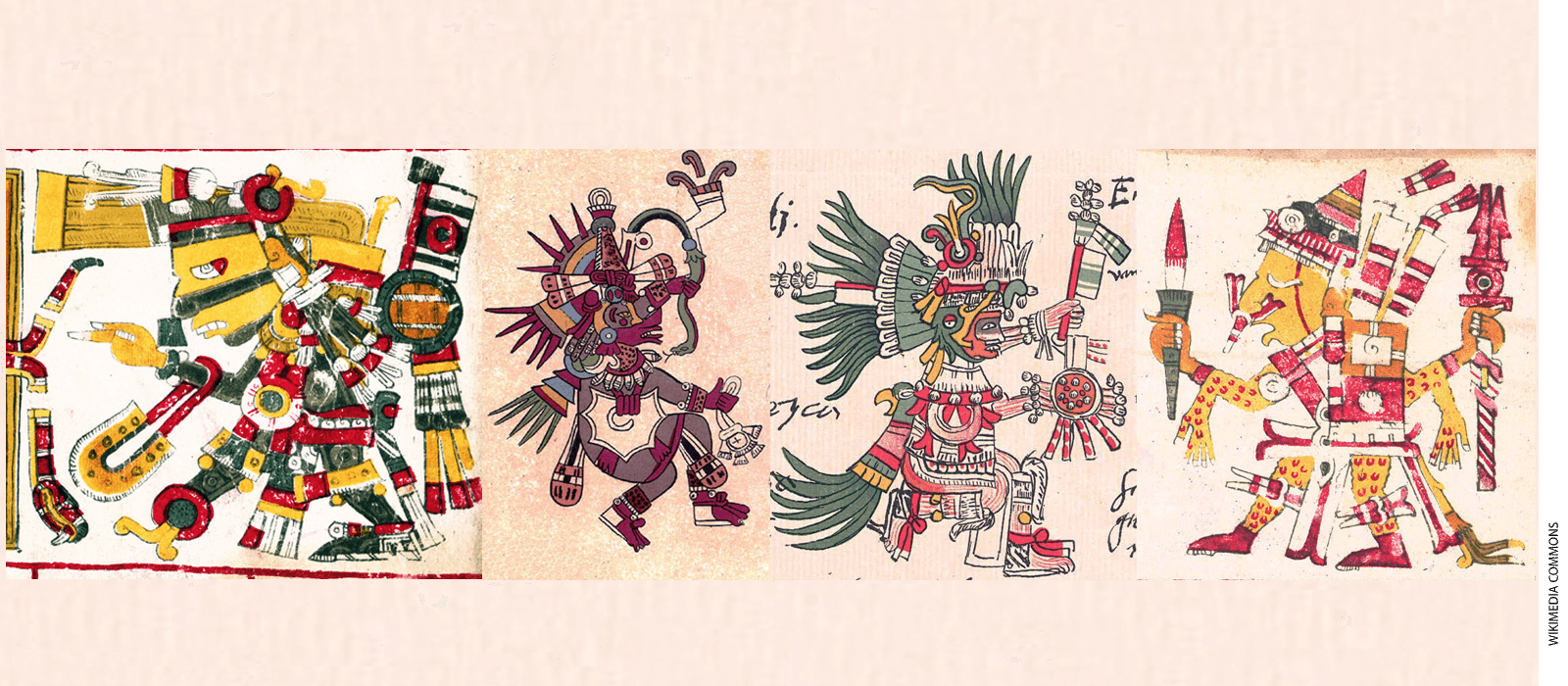
In an effort to be inclusive, counter genocide, and decolonize America, last spring California’s Board of Education approved an ethnic studies curriculum that includes as a “lesson resource” a prayer to five Aztec gods: Tezcatlipoca (God of the Night Sky), Quetzalcoatl (God of the Morning and Evening Star), Huitzilopochtli (God of Sun and War), Xipe Totek (God of Spring), and Hunab Ku (God of the Universe).
The curriculum has both a legal and political problem. Legally, forcing students to recite a prayer has been unconstitutional since 1962, when the Supreme Court ruled in Engel v. Vitale that a school-sponsored nondenominational prayer violated the Establishment Clause of the First Amendment. If asking the Lord for “blessings upon us, our parents, our teachers and our Country” is impermissible, then calling upon Tezcatlipoca to make students “warriors” for “social justice,” asking Xipe Totek for “healing epistemologies,” or invoking Huitzilopochtli for a “revolutionary spirit” certainly can’t be reconciled with existing constitutional doctrine. If implemented, this lesson plan couldn’t be dismissed as an idle historical exercise, since there are still practitioners of the religion, though mercifully, as far as we know, not in its comprehensive, historical form.
Politically, the Aztec religion included sacrificing humans, cutting out their beating hearts, flaying the offerings and wearing their skin as capes. At least they practiced two of today’s three creeds of reduce, reuse, recycle. Some parents aren’t terribly excited about having their children recite prayers to some of the bloodthirstiest gods in human history. Tezcatlipoca and Xipe Totek were particularly, shall we say, demanding. Human sacrifice was apparently introduced to central Mexico in an attempt to placate Tezcatlipoca. Meanwhile, Xipe Totek, whose name means Our Lord the Flayed One, was responsible for some of the Aztecs’ more unfortunate sartorial choices. During Tlacaxipehualiztli (literally “the Flaying of Men”), the second month of the Aztec religious calendar, Aztec priests would flay the human sacrifices, dye their skins yellow, and wear them as “golden clothes,” according to Encyclopedia Britannica. For further reading see The Flayed God and City of Sacrifice. Having students recite prayers to such a creature (how a god like Xipe Totek who was always depicted wearing a fleshly flayed skin was converted to today’s religion of social justice is unclear) would be comparable to having students pray to Moloch, the Canaanite god of child sacrifice, as a way of increasing understanding of Semitic cultures.
Naturally, the curriculum has been challenged. Represented by attorneys from the Thomas More Society, three San Diego parents sued in state court on September 3. Their request to the state board to remove the prayer, which is described in the model curriculum as an “affirmation,” went unacknowledged. Their claims rest on the California Constitution’s establishment, free exercise, and no-aid clauses. The establishment and free exercise claims largely mirror arguments that would be made under the U.S. Constitution’s First Amendment. The no-aid claim relies on California’s Blaine Amendment which says “nor shall any sectarian or denominational doctrine be taught, or instruction thereon be permitted, directly or indirectly, in any of the common schools of this State.” Thus, the parents are contending that even “the printing and disseminating the prayer[s]” constitute “an improper government aid of religion in violation of the California constitution.” In other cases the Thomas More Society has been one of the most severe critics of Blaine Amendments, so it is interesting to see them rely on that clause here. The parents have not claimed that students should not be taught about the Aztec religion. It’s possible they’d even welcome students learning about it in all its gory reality rather than having it presented in such a sanitized, false way.
A spokesperson for the state Department of Education, Scott Roark, has argued that the state isn’t mandating use of this particular “lesson resource.” Others involved in the curriculum’s development have claimed that the Aztec gods are being invoked as broad “concepts” such as self-reflection rather than actual deities. This, however, would be comparable to having students recite affirmations to Christ not as the son of God but merely as a broad concept related to self-sacrifice. One suspects that courts would not credulously accept such a claim. One also suspects that Xipe Totek, should he exist, would object to being reduced to a merely “broad concept.”
Joshua Dunn is professor of political science and director of the Center for the Study of Government and the Individual at the University of Colorado Colorado Springs.


